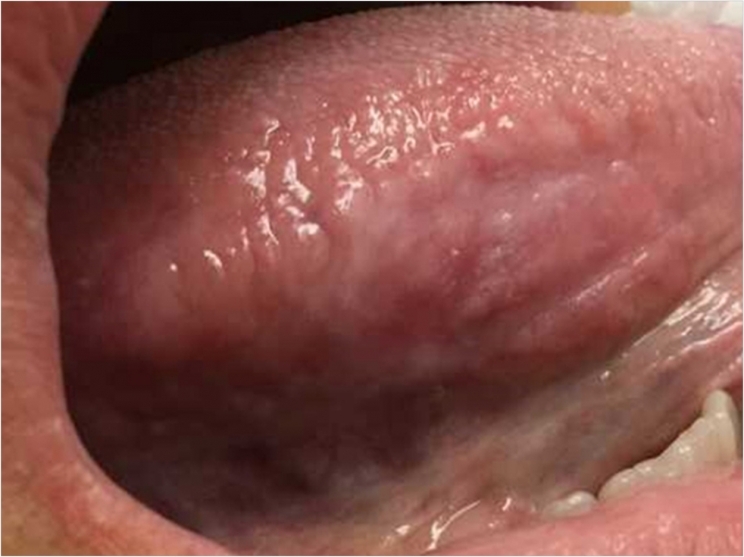
Incidences of cancers of the oral cavity and pharynx increased from 2007 to 2016 due to increases in cancers of the tonsil, the base of the tongue, the oropharynx, other oral cavity and pharynx, and the gum and anterior tongue associated with the human papillomavirus (HPV), according to the Centers for Disease Control and Prevention (CDC).
Oral cavity and pharynx cancers account for about 3% of cancers diagnosed annually in the United States, the CDC reports. Risk factors include tobacco use, excessive alcohol consumption, and HPV infection. The CDC believes that broader application of proven strategies to prevent tobacco use initiation, promote smoking cessation, reduce excessive alcohol consumption, and increase HPV vaccination would reduce their incidence.
Rates for all cancers of the oral cavity and pharynx combined increased among males but were stable among females. Rates increased among females for cancers of the anterior tongue, gum, and tonsil but decreased for cancers of the floor of the mouth, soft palate and uvula, nasopharynx, and hypopharynx and were stable for other sites.
A similar pattern was observed among makes except that rates also decreased for cancer of the lip, increased for cancers of the base of the tongue, the oropharynx, and other oral cavity and pharynx and were stable only for the hard palate, the cheek and other mouth, and the salivary gland, the CDC says.
Rates for all cancers of the oral cavity and pharynx combined increased among people between the ages of 50 and 79, decreased among those between the ages of 40 and 49, and were stable among those between the ages of 20 and 30 and among those age 80 and older.
The CDC says that declines in tobacco use might have contributed to the decreases in some sites. While population-based tobacco control measures are proven to prevent tobacco use and promote smoking cessation, the CDC adds, these strategies are not implemented equally in all US states and communities. Similarly, the CDC says, state alcohol control policies and screenings are effective in reducing excessive alcohol use but are underutilized.
The overall increasing trend in oral cancer rates was the result of a combination of increasing rates among whites and Asians/Pacific Islanders, stable rates in American Indians/Alaska Natives, and decreasing rates among blacks and Hispanics. Previous research found rates of oropharyngeal squamous cell cancers increased the most among white men, possibly due to differences in sexual behavior as white men report earlier oral sex initiation and a higher number or oral sex partners, which are risk factors for HPV exposure.
The CDC says that public health efforts focusing on increased HPV vaccination are essential in cancer prevention. It recommends vaccination for everyone at the age of 11 or 12, with catch-up vaccinations through the age of 26.
However, the CDC notes three limitations in its findings. First, delays in cancer reporting might result in underestimations of incidence. Second, cancer registries don’t routinely collect or report information about risk factors, making causes of specific cases impossible to determine. Third, the anatomic sites of some cases may have been incorrectly classified due to the complexity of the anatomic region and difficulties in determining where cancer originated.
Related Articles
Oral Cancer: Fact Versus Fiction
Coding for Oral Cancer Screenings
Know Your Leukoplakias to Identify Oral Cancer











